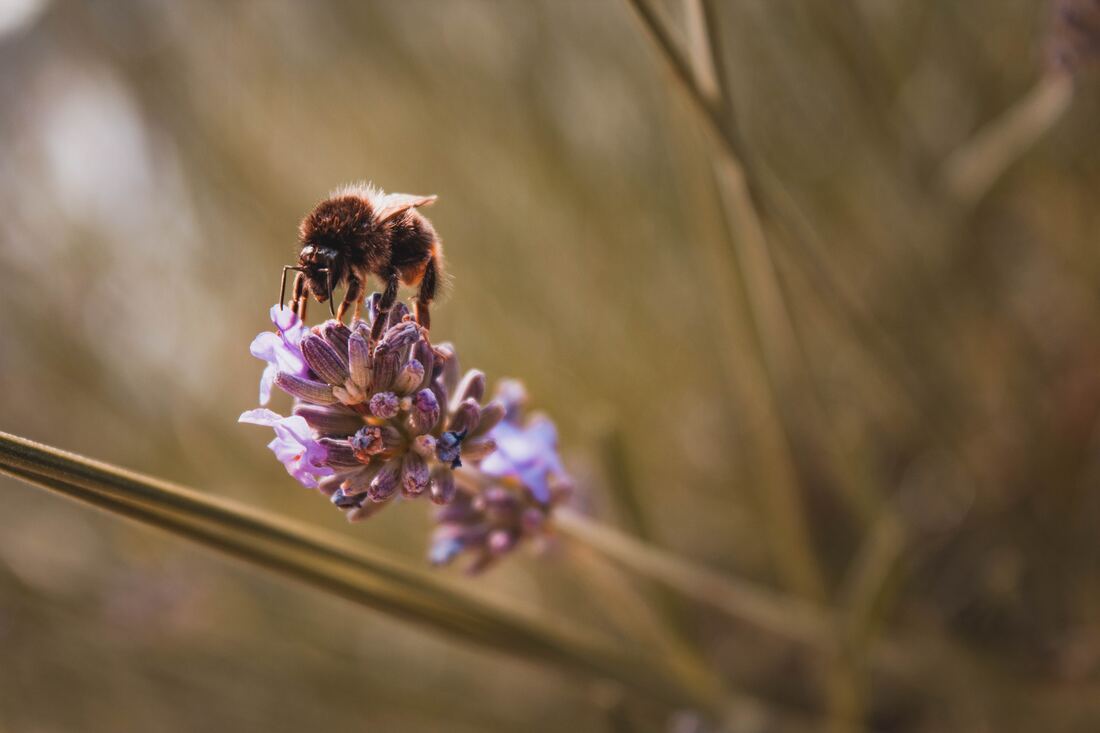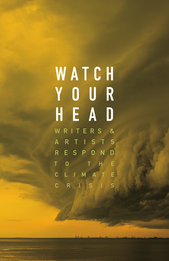|
11/6/2020 PROSE: MICHAEL MARANDA EXTINCTION CHRONICLES 1662 In 1662, the crew of Volkert Evertsz’s ship was marooned on Mauritius. Spotting a plump bird, he grabbed the bird by its left leg. The captured bird let out a cry which attracted more of the birds. The entire flock was taken and subsequently eaten by the stranded Dutchmen. Five days later, the crew was picked up by a passing ship, leaving behind the well-gnawed bones of the last documented sighting of the Dodo. 1800 In 1800, the Giant African Snail was imported to Mauritius by Governor General François Louis Magallon de la Morlière as a potential food source. From there, it spread eastward: to Calcutta in 1847 by W. H. Benson; to Ceylon in 1900 by Oliver Collett; to Taiwan in 1932 by Kumaichi Shimojo; and to the Caroline Islands by Junki Miyahira and Palau Island by Shoichi Nishimara in 1938. By 1967, it had reached as far as Tahiti. It soon became apparent that the Giant African Snail was, in truth, an agricultural pest, so the predatory Rosy Wolfsnail was introduced to many South Pacific islands as a method of biological control. Instead of preying upon the Giant African Snail, however, the Rosy Wolfsnail preferred endemic tree snails to devastating effect. Since its introduction to Tahiti, for example, 71 of that island’s 76 species of Partula snails have become extinct. 1826 In 1826, the HMS Wellington made port in Lahaina, Maui. Sailors, rinsing out water barrels in a local stream, introduced mosquitoes to the Hawai’ian islands. The introduction in turn allowed for the spreading of avian pox and avian malaria. As a result, the Oahu Thrush, the Oahu O’o, the Oahu ’Akialoa, the Kioea, the Oahu Nukupu’u, the Lesser Koa Finch, the Ula-ai-hawane, the Oahu ’Akepa, the Lanai ’Akialoa, the Kona Grosbeak, the Hawai’i ’Akialoa, the Greater Koa Finch, the Hawai’i Mamo, the Greater ’Amakihi, the Black Mamo, the Lanai Hookbill, the Laysan Millerbird, the Laysan Honeycreeper, the Lanai Thrush, the Hawai’i O’o, the Lanai Creeper, the Laysan Rail, and the Bishop’s O’o were all extirpated from the islands. 1840 In the mid 1840s, the three Icelandic sailors Sigurdur Ísleifsson, Ketill Ketilsson, and Jón Brandsson were asked to collect a few Great Auk specimens for the Danish natural history collector, Carl Siemsen. On the 3rd or 4th of June, 1844, the three sailors arrived at Edley Island. There, Brandsson and Ísleifsson each strangled a bird. There being no other birds about, Ketilsson crushed an egg under his boot. These were the last of the Great Auks. 1894 In 1894, David Lyall was appointed assistant lightkeeper on the recently inhabited Stephens Island. In June of that year, Lyall’s cat, Tibbles, started to bring him carcasses of a previously unknown bird, the soon-to-be-named Stephens Island Wren. By 1895, Tibbles had hunted the Wren to extinction. 1900 On March 24, 1900, Press Clay Southworth saw a bird eating corn in his family’s barnyard. Unfamiliar with the strange bird, the 14 year old shot and killed it. Several years after the shooting, the state museum in Ohio determined that this was the last authenticated record of a Passenger Pigeon in the wild. 1902 The Long Bar at the Raffles Hotel in Singapore is legendary, primarily for the Singapore Sling, first concocted there by Ngiam Tong Boon in 1815. Less well known is the Billiard Room where, in 1902, Charles McGowan Phillips, the hotel’s general manager, shot a tiger which had sought refuge under a billiard table. It was reported that, in the process, Mr. Phillips ruined his coat. Not reported, however, was that the tiger was the last on the island. 1918 By the end of the nineteenth century, settlers had managed to exterminate only four species of bird endemic to Lord Howe Island: the White Gallinule, the White-throated Pigeon, the Red-fronted Parakeet, and the Tasman Booby. In 1918, the Makambo, mastered by Captain ‘Stinger’ Rothery, ran aground on Ned’s Beach, allowing black rats to invade the island. These rats managed to exterminate the Vinous-tinted Thrush, the Robust White-eye, the Silver Eye, the Tasman Starling, the Grey Fantail, and the Lord Howe Gerygone. In addition to these outright extinctions, the rats also extirpated the local populations of the Kermadec Petrel, Little Shearwater, White-bellied Storm-Petrel, and Pycroft’s Petrel. In the 1920s, the Masked Owl was introduced in an attempt to control the rats. The owl managed to exterminate the endemic Boobook Owl, but not the rats. 1936 The Thylacine, also known as the Tasmanian Tiger and Ka-Nunnah, was one of the few marsupial predators. In 1824, Thylacine discovered that sheep were easy prey. This resulted in a private bounty being established by the Van Diemen’s Land Company in 1830. The VDLC bounty was supplemented by a government sponsored one in 1888. The government bounty was cancelled in 1912, while the VDLC bounty persisted another two years. In the summer of 1936, the Thylacine was proclaimed a protected species by the Tasmanian Government. Alas, the last Thylacine (named Benjamin) had already died of exposure at the Beaumaris Zoo in Hobart on September 7th of that year. 1943 In 1943, one of the last refuges for the Ivory-billed Woodpecker in Louisiana was slated for logging by the Chicago Mill Lumber Company. Asked by the Audubon Society to aid in setting aside a preserve for the bird, James F. Griswold (chairman of Chicago Mill’s board) responded by saying, “We are just money-grubbers. We are not concerned, as are you folks, with ethical considerations.” The last confirmed sighting of the Ivory-billed Woodpecker in Louisiana was in April of 1944. 1954 At one point, Lake Victoria contained well over 500 unique species of Furu, also known as Cichlid. In August of 1954, J. Ofula Amaras (a Kenyan fisheries officer) introduced Nile Perch into the lake by means of a bucket. This was done with official sanction in the interest of increasing the value of local fisheries. For 30 years, the Nile Perch (a voracious predator) co-existed with other fish, having a relatively benign effect on the local ecology. In the early 1980s, however, a slight increase in the number of Furu led to a population explosion amongst the Nile Perch. Within a few years, over 90% of the total species of Lake Victoria Furu had been eaten into extinction. 1964 Prometheus was a Bristlecone Pine located on Wheeler Peak in Nevada. In 1964, Donald Currey, a graduate student at the University of North Carolina, was conducting field research on the climate of the Little Ice Age. In the course of his research, he attempted to core-sample Prometheus. After breaking his only increment borer (a $200 drill bit), Currey, with the permission of Donald Cox (a forest Service District Ranger), cut the tree down. Subsequent analysis showed that Prometheus was almost 5,000 years old, making it the oldest living known organism at the time. 1997 On January 20, 1997, Grant Hadwin swam across the Yakoun River on Haida Gwaii. A former forester, Hadwin had decided to make a statement protesting the exploitation of old growth trees on the Haida Gwaii archipelago. Once across the river, he made a series of deep cuts into the trunk of Kiidk’yaas, a striking 300-year-old Sitka Spruce that due to a genetic mutation had golden (rather than green) needles. Kiidk’yaas was a culturally significant tree to the local Haida. Two days later, Kiidk’yaas toppled in a winter storm. 2006 Sometime in 2006, onboard a research dredger off the coast of Iceland, James Scourse did what he has done hundreds, if not thousands, of times before: he threw a small Ocean Quahog clam into an onboard freezer, preserving it for later study. On that very same day, Ming the Clam did something that hadn’t occured even once in its 507 years: it froze to death. 2014 Lafarge, a multinational construction company, owns the mineral rights to Guning Kanthan, a limestone hill in peninsular Malaysia. As is the practice of the company, they are in the process of razing the hill to procure limestone used to manufacture cement. The north side of Guning Kanthan is also the exclusive home of six species of snails. The most famous of the six measures a mere 3 mm in length and was, in July of 2014, named Charopa lafargei in honour of the company that will drive it to extinction. 2016 Late October, 2016, gardener Paul Rees of Widnes, England, found a peculiar Earthworm in his garden. Named Dave by Paul’s stepson George, the worm, at 40 centimetres, was twice as long and over five times heavier than the average Earthworm. In fact, it is thought that Dave is the largest worm ever recorded. In the interest of science, Rees donated Dave to the Natural History Museum. Dave was transferred to the care of Emma Sherlock, whose speciality is worms and other related animals. The first thing Dr. Sherlock did, as might be expected, was to euthanize and preserve the specimen. 2018 On March 19, 2018, Sudan, a male Northern White Rhino, died at the Ol Pejeta Conservancy if Kenya of complications. Well loved, he is survived by Najin, his daughter, and Fatu, his grand daughter. He was, as you are surely aware, the last male of his species and Najin and Fatu are the last two females. Michael Maranda is assistant curator at the Art Gallery of York University. For the past thirty years he has been engaged with the visual arts sector in Canada, as artist, organiser, administrator, curator, editor, advocate, publisher, critic, and, more recently, as quantitative researcher. He runs the publishing activities of the AGYU, and is a prolific commenter on social media. Maranda was educated at the University of Ottawa, Concordia University, and the University of Rochester. His work has shown internationally, primarily in artists book-related venues. For some deeply ironic reason, his rip-off of Ed Ruscha’s Twentysix Gasoline Stations was exhibited in several of Gagosian’s gallery spaces.
1/20/2020 FICTION: CARLEIGH BAKER
Carleigh Baker is an nêhiyaw âpihtawikosisân /Icelandic writer who lives as a guest on the unceded territories of the xʷməθkʷəy̓əm, Skwxwú7mesh, and səl̓ilwəta peoples. Her work has appeared in Best Canadian Essays, The Short Story Advent Calendar, and The Journey Prize Stories. She also writes reviews for the Globe and Mail and the Literary Review of Canada. Her debut story collection, Bad Endings (Anvil, 2017) won the City of Vancouver Book Award, and was also a finalist for the Rogers Writers’ Trust Fiction Prize, the Emerging Indigenous Voices Award for fiction, and the BC Book Prize Bill Duthie Booksellers’ Choice Award. She is the 2019/20 writer in residence and a 2020 Shadbolt fellow in the humanities at Simon Fraser University.
12/7/2019 PROSE: CARRIANNE LEUNG
|
|
ISSN 2563-0067 © Copyright 2023 | Watch Your Head Contributors Sign up for our Newsletter Buy our print anthology Watch Your Head: Writers & Artists Respond to the Climate Crisis (Coach House Books, 2020). |

